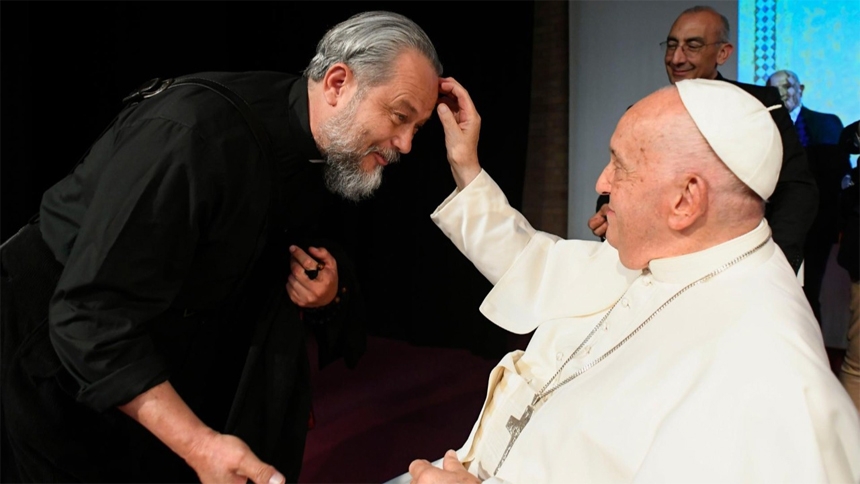
A new document published by the Vatican is the result of dialogue with non-Catholic churches on a topic that has been a source of division: the role of the pope.
The document responds to an invitation from Pope John Paul II to all Christian confessions in the encyclical Ut Unum Sit. In it, he outlined the need to find a way for the role of the pope to be recognized by all.
1. Distinguishing the functions of the pope meanwhile emphasizing his role as Bishop of Rome
Among the proposals made in the document is a call for a clearer distinction of the pope's responsibilities. On one hand, he is Patriarch of the Western Churches. On the other, he holds primacy on a universal level because he is in charge of maintaining unity. He is also the head of a government—the Vatican City State—meanwhile serving as the Bishop of Rome.
The text recommends that the pope's role as Bishop of Rome be emphasized more as it may make it clear to other bishops that he is one among them.
2. The first Vatican Council
One of the conclusions of the First Vatican Council that has caused controversy in ecumenical dialogue was the declaration of papal infallibility.
This new document calls for an “updated commentary” of some of the decisions made in this council to adapt it to the current culture and ecumenical context.
3. Synodality
The meaning of synodality has been a central topic in the Catholic Church for decades. In the document, the Vatican recognizes the challenge of involving all levels of the Church in this discussion and also touches on the role of bishops' conferences.
The nature of this new document is not legislative nor does it impose new models of conduct for relations with other churches. But it is one more step in the theological dialogue where different points of view emerge. The document closes by outlining the need for continuing this dialogue and pointing out various ecumenical initiatives.

